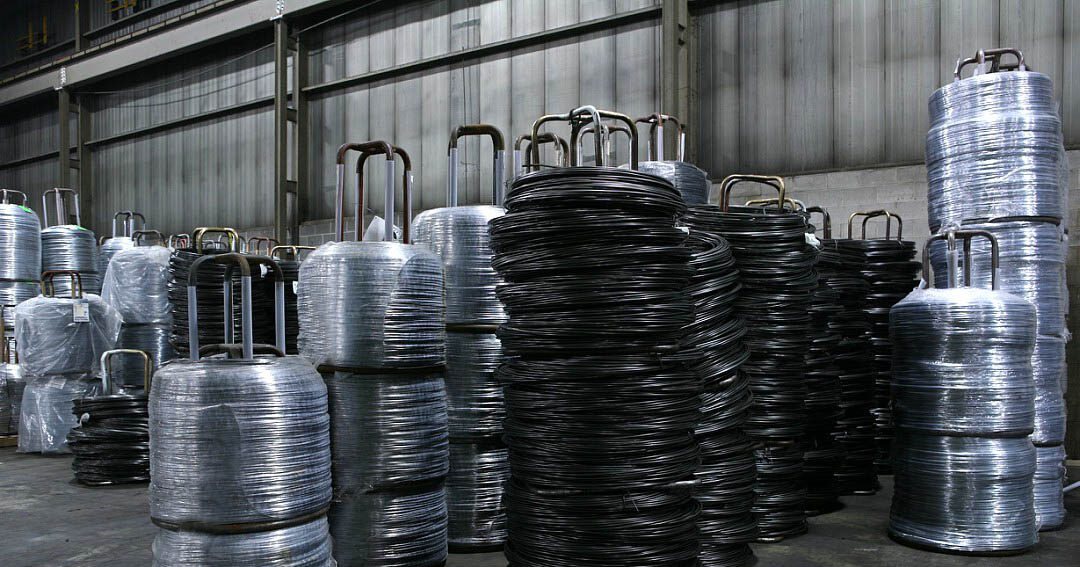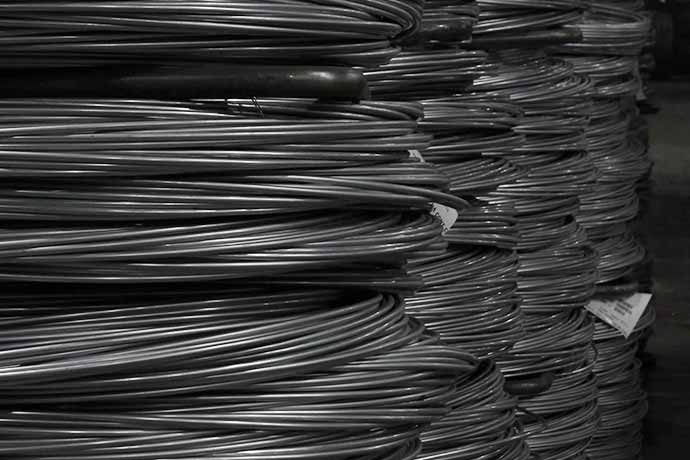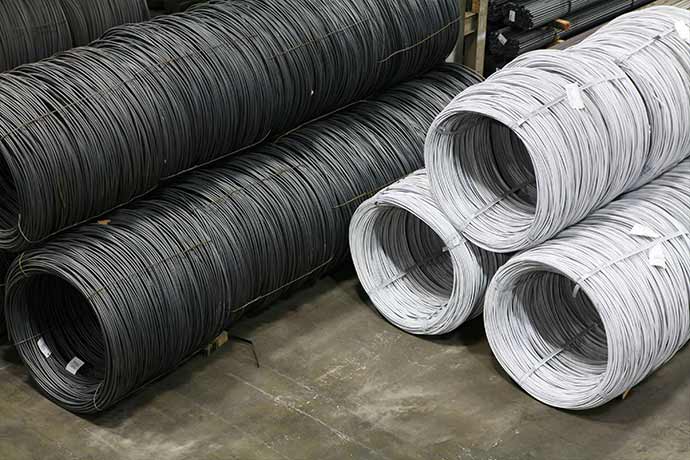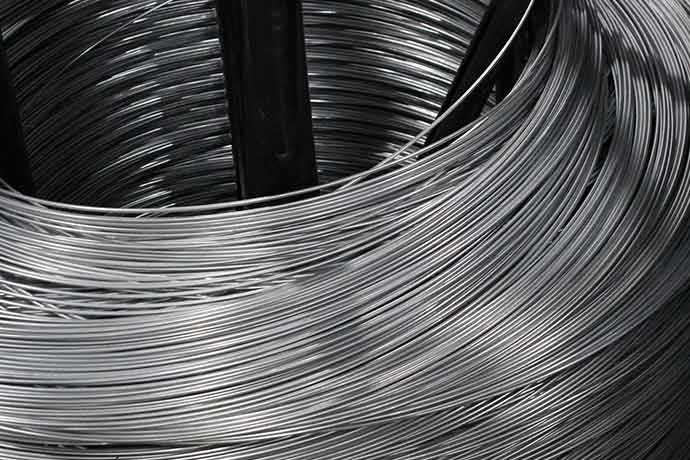
What Are the Three Primary Types of Steel Wire?
Steel wire is highly desirable because it’s inexpensive and can be easily formed, welded, and placed under load. It’s commonly used in applications ranging from bolts, screws, and rivets to mesh guards and shelving.
The wire itself is made by drawing steel rod through a die. This process aligns steel grains, which raises tensile strength and results in some work hardening, where dislocations in the structure act against deformation, further raising strength and hardness.
There are three primary types of steel wire: bright basic wire, cold heading wire, and galvanized steel wire. In this blog, we’ll explain the differences between them, including their advantages, limitations, and use cases.
Bright Basic
Bright basic wire has a shiny, polished appearance (hence the name). It’s formed from low-carbon steel and has a good combination of tensile strength, formability, and weldability. As with all low-carbon steel, it will corrode quickly. The surface lubricant, used to aid the drawing process, holds corrosion at bay temporarily and is readily removed for processes like painting or powder coating.
This wire type can be readily worked to suit a wide range of applications and easily welded to form mesh. It can also be powder-coated, painted, or plated.
Applications
Bright basic wire is primarily used in the construction and automotive industries for:
- Nails
- Rivets
- Guard mesh
- Reinforcing mesh
- Mesh baskets, such as those used in industrial dipping and cleaning processes
Cold Heading
Cold heading is a type of cold forming process that’s used to produce a wide range of smaller metal parts with excellent strength and good ductility and weldability (depending on the amount of carbon in the steel).
Cold heading wire is made with a specialty machine that performs extrusion and/or upsetting operations on steel blanks. The blanks are cut from a wire coil and placed within the machine’s tooling. Then, the machine performs the needed operation (extrusion lengthens and thins the blanks while upsetting makes them shorter and wider).
Cold heading wire is produced in low-, medium-, and high-carbon steels with round or hexagonal profiles.
Applications
The automotive, defense, and industrial equipment markets are all big consumers of cold heading wire. Applications include high-strength fasteners, spacers, and bushings. The metal shells used for spark plugs are a good example of a part produced by upsetting blanks of cold heading wire.
Galvanized
A limitation of using low-carbon steel (such as with bright basic wire) is its susceptibility to corrosion. One way of addressing this is through galvanizing.
In the galvanizing process, the carbon steel wire is cleaned and immersed in molten zinc. The zinc reacts with the iron to form a zinc-iron compound on the surface that prevents the iron from corroding. The limitation of this process is that, if welding is needed, the zinc coating must be removed from the specific spot that needs to be welded, leaving the area around the weld unprotected from corrosion.
Applications
Galvanized steel wire is preferred for applications in high-moisture environments where corrosion is a risk, especially if this would lead to failure. Because the zinc is tightly bound to the iron, it won’t peel off or flake away during deformation or in service.
Learn More From King Steel
King Steel Corporation is an industry-leading supplier of steel products, including steel bar, rod, and wire. You can visit our website to learn more about our offerings or to find more steel-related resources.


